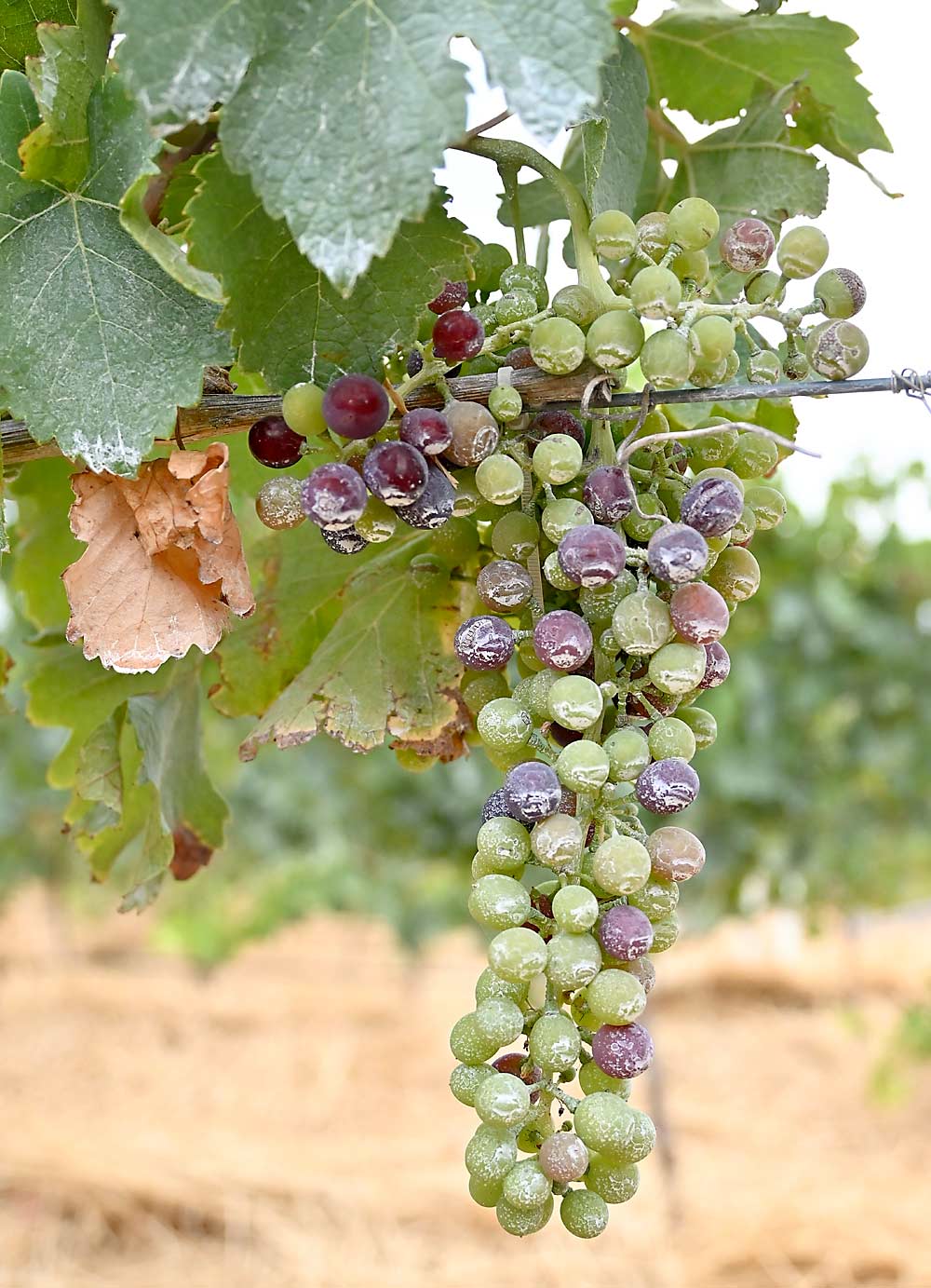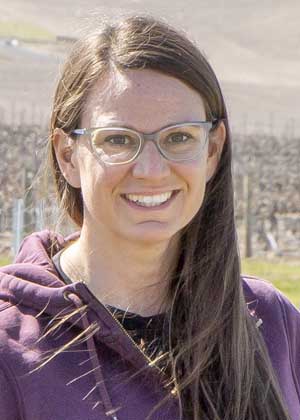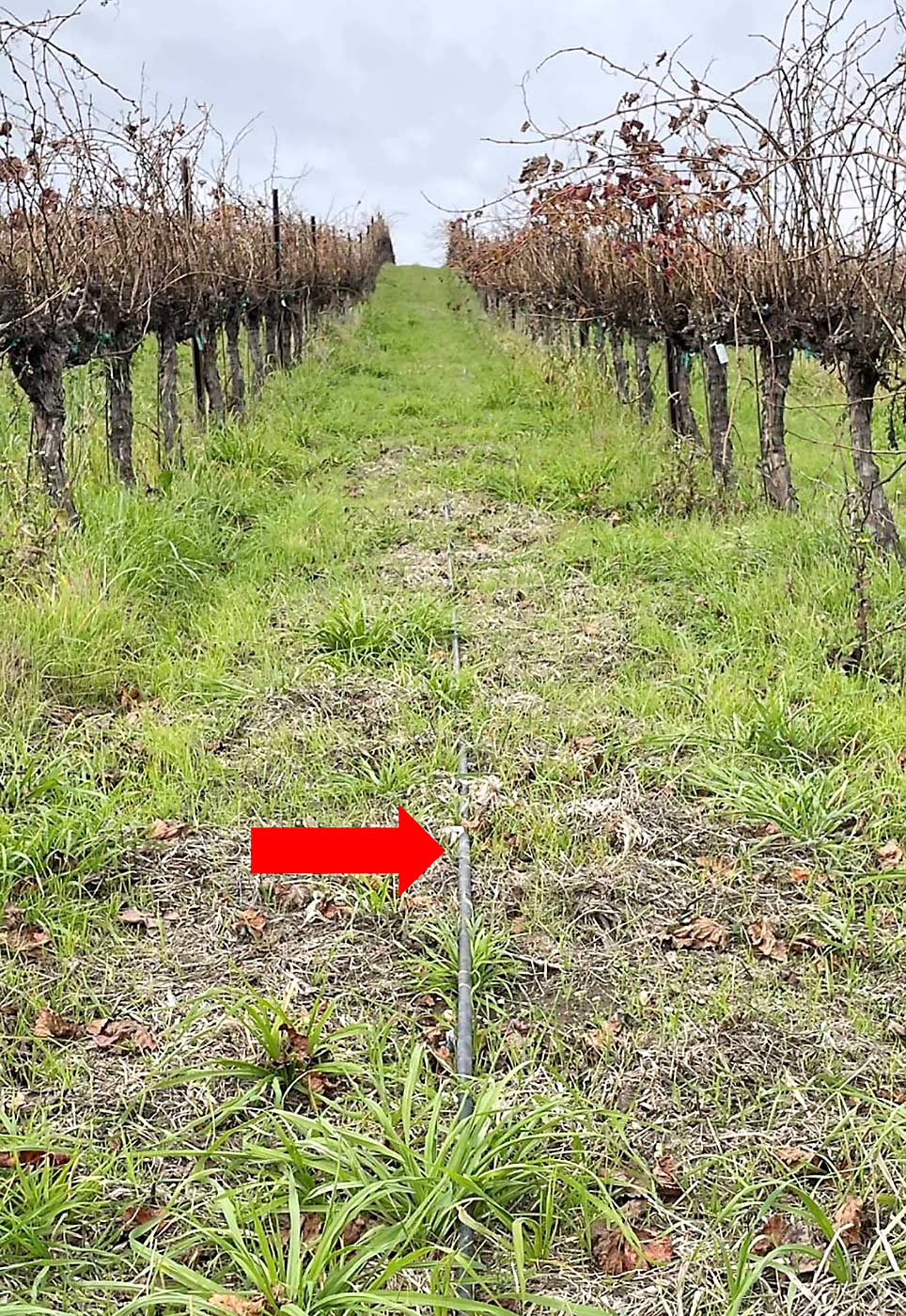
The weather whiplash Western vineyard managers are used to — from drought to flood and hot to cold — is intensifying with climate change. The swings will get wilder, the extremes more extreme. And Vitis vinifera does not particularly like extremes.

“Wild swings will make it difficult for a lot of things we do,” said Greg Jones, a climate scientist and Oregon vineyard manager. He spoke as part of a panel of experts offering tips on how growers can adapt to the new normal, at the Unified Wine and Grape Symposium in Sacramento in January.
Exhibit A: the Pacific Northwest’s summer 2021 heat wave, with temperatures so far above the norm even climate scientists were shocked.
“I can’t even begin to tell you how out of whack it was,” Jones said.
Putting the right varieties in the right spots will be ever more crucial. But little research has been done on the upper limits of wine grapes’ tolerance to heat, Jones said.
“Are we changing a variety because the average temperatures have just produced a situation that’s just not suitable? Or is it some extreme limit (of heat) that is producing situations where we really need to make a change?” Jones said. “I just think we don’t know enough.”
In the meantime, growers must deal with the vines they have.
Insight from Australia
In 2021, Walla Walla, Washington-area vineyards hit 118 degrees Fahrenheit, according to Sadie Drury, the general manager of a company that farms many high-end vineyards in the SeVein Vineyards complex on the Oregon side of the Walla Walla Valley. Six months later, in October, the thermometer read minus 16.

“In six months, I saw the hottest temperature I had ever seen in a Walla Walla vineyard, and the coldest temperature I had ever seen in a Walla Walla vineyard,” she said.
But she was prepared, thanks to her 2019 tour of vineyards in South Australia to learn from growers dealing with the kind of heat that will likely become more frequent as Walla Walla’s climate changes. Her takeaways for heat waves:
—Irrigate before the heat comes. Because water is so expensive in Australia, a lot of growers hadn’t watered when the heat came, and their yields suffered dramatically, Drury said.
—Get to know your irrigation system inside and out. Understand things like how many emitters you have per plant and at what rate water comes out. Use a sap flow monitor to gauge evapotranspiration in real time, and use any other tools that allow you to apply water precisely.
—Protect your clusters. Consider training systems other than VSP, such as half-sprawl, that can provide more sun protection. Apply kaolin-based sunscreens — Australian growers used them just on the hot side of the canopy — and carefully time deleafing. “If clusters look exposed, you are going to have sunburn, and you are going to lose crop,” Drury said.
—Manage the vineyard floor for water and fire. Water the vines, not the weeds. Vineyards with poor floor management fared poorly in the South Australia fires: The weeds ignited, and the fire moved into the rows and melted the drip line.
Some growers mulched around the root zone to cool it and retain water. One unrolled giant straw bales down the hill, which kept soil much cooler — though the strategy had its downsides: being expensive, flammable and the bearer of mold and snails.
For droughts

Drought hits differently in regions accustomed to a wetter climate. Ryan Scott, vineyard manager with Monterey Pacific Inc., a custom farming company that operates on 12,000 acres in California’s Central Coast region, spoke about adapting irrigation practices in recent years, as the region hasn’t been seeing normal winter rainfall.
“Dry winters are a problem,” he said. The last one he saw with normal rainfall was 2019. Winter irrigation has thus become more important, and Scott showed a flowchart he uses to help decide when and how much to water: For example, two weeks with no rain means 24 to 36 hours of irrigation, putting down one to one and a half acre-inches. Counterintuitively, sometimes this leads to irrigating before rain comes, to make the best use of that rain — because unless the rain brings at least an acre-inch of water, it may not even reach the root zone.
Scott also ran drip line down the middle of his rows. “There are roots out there,” he said, and wetting them can make an impact, though it can make mowing trickier. Other tips from Scott:
—Minimize tractor passes to avoid compacting soil, so roots can take full advantage of the soil when you irrigate. And add compost for soil structure and water stability.
—Ameliorate high-sodium soil with gypsum, but only when conditions call for it.
—Test early and often for potassium deficiency, and treat it aggressively. If vines are deficient by veraison, Scott found they may never get over it. Plants need potassium to regulate their water status.

For early frosts
The worst cold damage, Drury said, comes not from super-low temperatures but from early onset of winter, when buds are just starting to lignify and aren’t prepared for cold, she said.
Early frosts “seem to be cropping up more frequently,” Scott said, and he showed one catastrophic potential result: a frost-split trunk, now lined with cankers from crown gall that took advantage of the damage. That vine would never perform to its former potential, he said.
Their tips for early frosts:
—Fill the soil profile before winter, so that roots are protected, and manage vines so that they shut down and grapes ripen before cold comes, Drury said.
—Control weeds on the vineyard floor; tall ones can raise the frost point closer to the canopy and force you to pick grapes sooner.
—Raise cordon heights to keep vines in warmer air, Scott suggested. He saw a big impact by raising his to 48 inches, from 28 inches.
—by Kate Golden
Understanding inversions
Cordon height is a good example of how growers can use the vertical changes in air temperatures to their advantage, said Mark Battany, a water and biometeorological advisor for the University of California Cooperative Extension in San Luis Obispo County, whose talk at the Unified Wine and Grape Symposium in Sacramento in January covered temperature inversions.
Battany expects to see more wind machines being used to blow warm air down to vines on cold nights, as early frosts become more common — and as water scarcity worsens, which will make sprinklers less feasible.

“You really want to know what those conditions are when you’re trying to protect against a frost event,” Battany said.
In radiation frosts, most common in California, the air is the coldest at the ground and warmer, often dramatically so, higher up. On these often windless, clear nights, a fan makes sense. Advective frosts are the opposite: The air up high is cooler. In these frosts, a wind machine would cool the grapes.
Battany runs a network of 19 weather stations in San Luis Obispo County that measure temperature at both 5 feet and 30 feet above the ground and then report whether an inversion is happening. When the cold comes, growers can check that data online. If the warm air is up high, a wind machine can increase crop-level temperatures by half of the difference between the 5-foot and the 30-foot temperatures, Battany said.
“It’s quite variable even from sites that are fairly close to each other,” he said, showing an example from a night the previous week, in which inversions (measured as the temperature up high minus the temperature near the ground) ranged from 0.6 degrees Fahrenheit to 5.7 degrees.
Such inversion data isn’t commonly available outside his county, Battany said. Washington state has a few 30-foot sensors, though the inversion measurement isn’t reported as such. And Oklahoma has an “impressive” temperature inversion network, used to help farmers assess spray drift risk.
In lieu of such permanent regional networks, growers can do their own site-specific, short-term assessment of prevailing weather conditions, fairly cheaply and easily, he said.
Battany worked with a Santa Barbara vineyard that was considering whether to replace some sprinklers with wind machines, freeing up water for other uses. They put up eight monitoring towers, which cost about $100 each, plus data loggers, at 5 feet and 35 feet. A season’s worth of data showed the higher sensors were consistently warmer at night. As a result, that operation invested in a half-dozen new wind machines to cover the area.
“That’s really a textbook example of what we want to happen, to have that data to make the decision,” Battany said.
—K. Golden






Leave A Comment